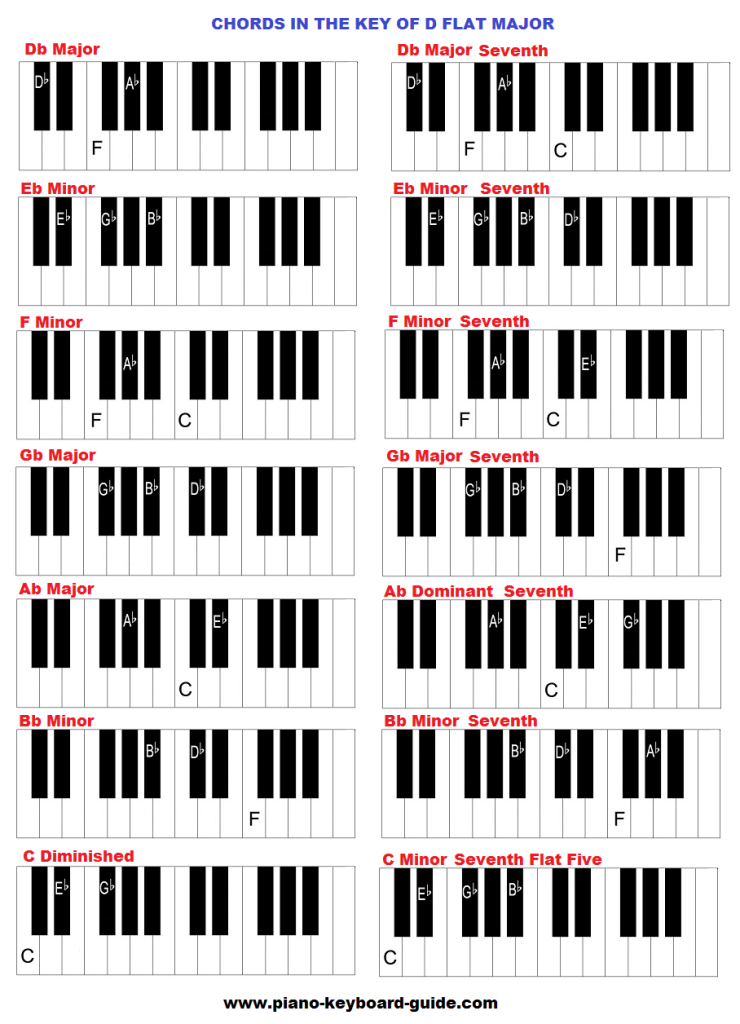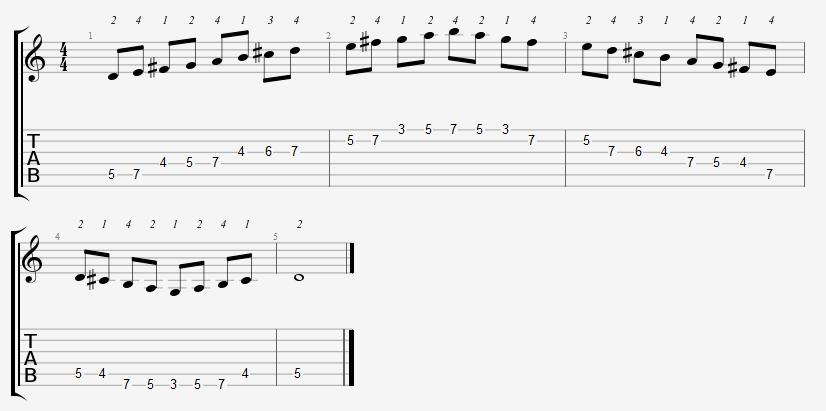
The moon naturally became their favourite symbol, spreading as it does a mysterious, indirect light on the dark side of the earth.WHAT IS A MODE? A mode of a major scale is just basically an INVERSION of that scale. Reacting against realism, a typical "daylight" form of literature, the Symbolists tried to illuminate more inaccessible regions of the human soul, through creating suggestive images and evoking moods. Its name was changed from Promenade Sentimentale only shortly before publication, to indicate the connection of this music with the Symbolist movement, of which Verlaine was one of the leaders. Indeed, Clair de Lune (Moonlight) is often said to be the most famous of all Debussy's works.


The tall slender fountains among marble statues.īackgroundThe poem by Verlaine which inspired Suite Bergamasque, has given its name also to the suite's most popular piece. That sets the birds dreaming in the trees With the still moonlight, sad and beautiful, They do not seem to believe in their happinessĪnd their song mingles with the moonlight, Of victorious love and the opportune life, Where charming masqueraders and bergamaskers go The title alludes to the eponymous poem by Verlaine: Apart from a couple of brief climaxes, the dynamic range stays within p to ppp, placing high demands on exactness of touch, voicing and colour.

The paradox is that here, as in most of Debussy's music, much careful attention needs to be directed towards rhythmic accuracy and the many precise markings in the score, in order to arrive at a performance that sounds like it's truly floating in the air. Sign up to listen & download > Mysterious masqueradersDebussy's most famous piano piece sounds very fluid and soft contoured, much like a landscape seen in Moonlight.


 0 kommentar(er)
0 kommentar(er)
